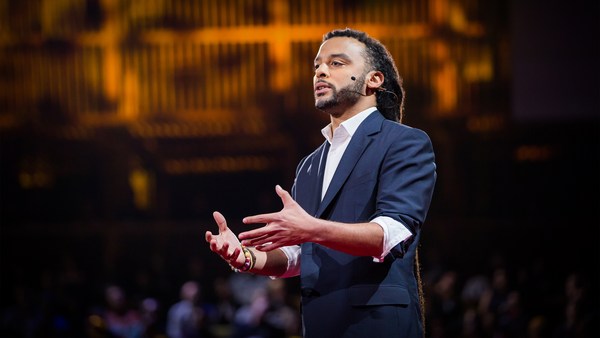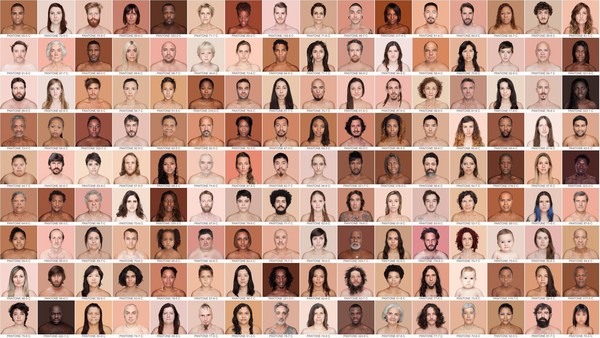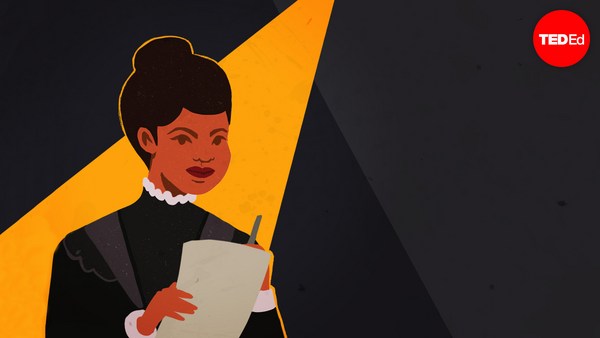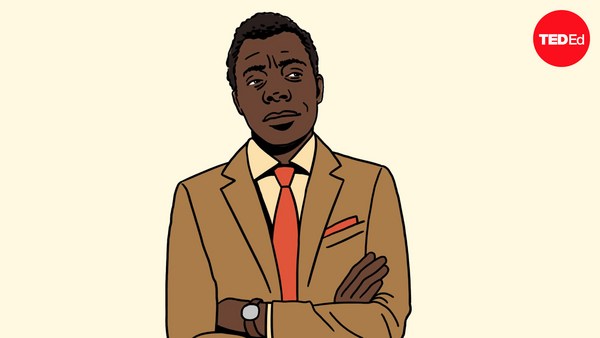As a conceptual artist, I'm constantly looking for creative ways to spark challenging conversations. I do this though painting, sculpture, video and performance. But regardless of the format, two of my favorite materials are history and dialogue.
In 2007, I created "Lotus," a seven-and-a-half-foot diameter, 600-pound glass depiction of a lotus blossom. In Buddhism, the lotus is a symbol for transcendence and for purity of mind and spirit. But a closer look at this lotus reveals each petal to be the cross-section of a slave ship. This iconic diagram was taken from a British slaving manual and later used by abolitionists to show the atrocities of slavery. In America, we don't like to talk about slavery, nor do we look at it as a global industry. But by using this Buddhist symbol, I hope to universalize and transcend the history and trauma of black America and encourage discussions about our shared past.
To create "Lotus," we carved over 6,000 figures. And this later led to a commission by the City of New York to create a 28-foot version in steel as a permanent installation at the Eagle Academy for Young Men, a school for black and latino students, the two groups most affected by this history. The same two groups are very affected by a more recent phenomenon, but let me digress.
I've been collecting wooden African figures from tourist shops and flea markets around the world. The authenticity and origin of them is completely debatable, but people believe these to be imbued with power, or even magic. Only recently have I figured out how to use this in my own work.
(Gun shots)
Since 2012, the world has witnessed the killings of Trayvon Martin, Michael Brown, Eric Garner, Sandra Bland, Tamir Rice and literally countless other unarmed black citizens at the hands of the police, who frequently walk away with no punishment at all. In consideration of these victims and the several times that even I, a law-abiding, Ivy League professor, have been targeted and harassed at gunpoint by the police. I created this body of work simply entitled "BAM."
It was important to erase the identity of each of these figures, to make them all look the same and easier to disregard. To do this, I dip them in a thick, brown wax before taking them to a shooting range where I re-sculpted them using bullets. And it was fun, playing with big guns and high-speed video cameras. But my reverence for these figures kept me from actually pulling the trigger, somehow feeling as if I would be shooting myself. Finally, my cameraman, Raul, fired the shots. I then took the fragments of these and created molds, and cast them first in wax, and finally in bronze like the image you see here, which bears the marks of its violent creation like battle wounds or scars.
When I showed this work recently in Miami, a woman told me she felt every gun shot to her soul. But she also felt that these artworks memorialized the victims of these killings as well as other victims of racial violence throughout US history.
But "Lotus" and "BAM" are larger than just US history. While showing in Berlin last year, a philosophy student asked me what prompted these recent killings. I showed him a photo of a lynching postcard from the early 1900s and reminded him that these killings have been going on for over 500 years. But it's only through questions like his and more thoughtful dialogue about history and race can we evolve as individuals and society.
I hope my artwork creates a safe space for this type of honest exchange and an opportunity for people to engage one another in real and necessary conversation.
Thank you.
(Applause)





